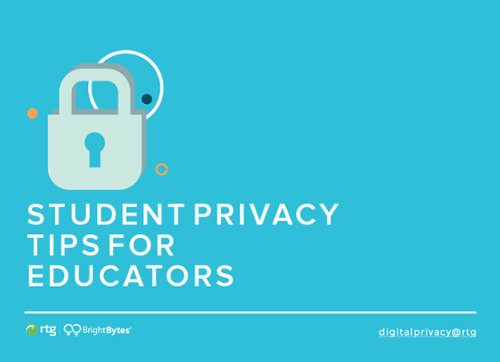Students today consume media in ways and amounts never before seen in human history. According to Sensis, 1 in 3 Australians go to social media for news on current affairs, with 40% of consumers in the 18-29 age group looking to platforms such as Facebook for their daily news.
Unfortunately, much of what appears in their endlessly scrolling feeds comes from less than reputable sources. More alarmingly, most students, and indeed an alarming number of adults, can’t tell the difference between fake news and the real deal.
Fake news is nothing new, but it’s far more prominent in the age of social media, so now more than ever we need to equip our young people with the tools to tell fact from fiction. But it’s not always easy. Fortunately, there are four things that you can do to get your students navigating the digital landscape with more confidence.
1. Analyse the different types of content found onlineNot all content online is news. In fact, all content can be broken into zones such as news, entertainment, or propaganda (just to name a few). Understanding this distinction is a vital part of digital competency. Take the opportunity with your students to examine different types of online content and identify features that help to decide what zone they fall into.
2. Examine the sourceTake a look at the source. Is the website professional in appearance? Well written, and contain high quality images and text? Does it provide references for its claims? Does the author have previous work published? A simple tool that may help before you even open a website is the NewsGuard extension for most web browsers. It provides a “nutritional label” that provides information on the reliability of a website. You can find out more at https://www.newsguardtech.com/
3. Turn on your fact-checking skillsA recent study in the US found that students who followed the techniques of professional fact checkers were more successful at identifying fake news. By following simple steps such as cross checking facts and examining the motives behind the source of the data. Tools such as Google’s image search can show when an image was really taken and provide a bit more context. And even using Wikipedia, long maligned as unreliable, can help, by having students focus on using the references at the bottom of each article.
4. Go to the pros.If you still aren’t sure, websites such as snopes.com or FactCheck.org provide a huge amount of information on the validity of a story. A quick check on one of these sites may reveal some very useful information on hoaxes and other fake news.
Fake news is not going anywhere. After all, when it comes down it, it’s really a people problem, not a tech one. But while technology makes it more prevalent than ever before, technology (and a bit of grunt work) can help you get your facts straight.
Download a PDF copy of the blog post here.

















